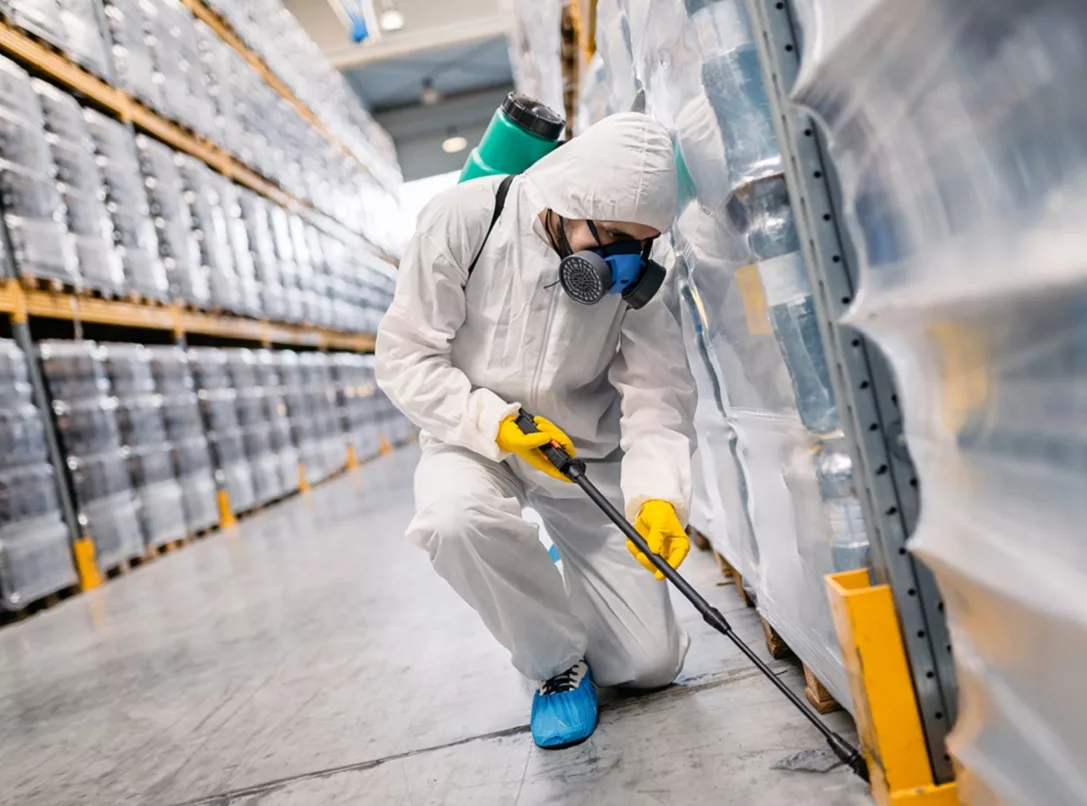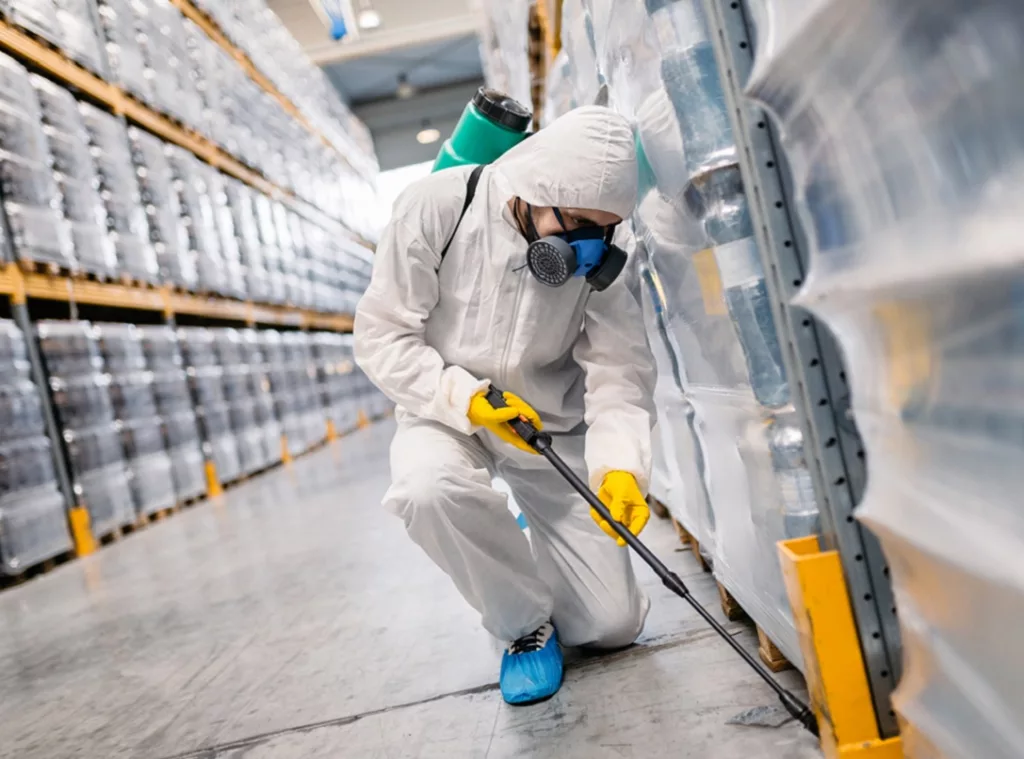
How Pest Control Works : Everything You Need to Know
This is a significant aspect of keeping an environment healthy and safe in the form of living or working space. In cases of unwanted pests such as insects, rodents and other little animals that may pose a significant threat to human existence, property or integrity. A significant understanding of the way pest control work would be necessary for effective management and prevention of infestation. We will seek to understand different means and approaches, used in pest control which keeps homes, workplaces, and public areas safe from pests.
Identification and Inspection:
The identification and initial inspection are the first steps of pest control effectiveness. Professional pest control experts perform comprehensive inspection to determine the nature and density of infestation. This means that while describing the pests, one needs to understand their behaviour and identify the conditions that might encourage their presence. Precise identification plays an important role in the successful application of public control measures.
Biological Pest Control:
In biological control, the introduction of living enemies or natural predators like parasites or infective pathogens against pests is done to control their population. This approach uses the natural forces to ensure balance in ecology. For instance, introducing such biologically-based controls like ladybugs for the aphid control or nematodes targeting soil pests are also common biological control practices.
Mechanical Pest Control:
Mechanical controls are the use of physical barriers or mechanical devices to keep out pests before they can enter or infest a given building. Some of these include installing screens on windows and doors to prevent flying insects from entering, fitting rodent-proof barriers, or use traps or bait stations. Mechanical control is usually pre-emptive, and it can sometimes be used as an alternative form of pest management along with other strategies.
Cultural Pest Control:
Cultural control means influencing human behaviours and the surrounding environmental to ensure that pests are discouraged from infesting their way into human settlements. This could be in the form of proper waste disposal, keeping the environment clean while also removing any possible breeding sites for pests. The implementation of cultural control measures, which aim at changing human behaviour and making it very uncomfortable for pests to live under, can also greatly limit the subsequent risk of infestations.
Chemical Control:
It usually includes pesticides, which is a popular form of tackling extreme cases of pest infestations. Based on the type of pests, the pesticides can take form of insecticides against insects, herbicides against weeds, rodenticides against rats and fungicides against fungi. Even though the chemical control is effective, there should be a great concern so that damage to the environment minimized and also other creatures such as human beings and non – target organisms.
Integrated Pest Management (IPM):
Integrated Pest Management (IPM) is a holistic approach that involves the use of different methods towards control of pests, in an environmentally friendly and sustainable way. IPM is based on prevention, monitoring, and control covering the biological, mechanical, cultural approaches as well as chemical methods. Through the use of many approaches, IPM helps in reducing the application of pesticides to a minimal amount to manage the pest population.
Pest Control Targeted Treatments:
The pest control process should be tailored to the specific pest species and application of targeted treatments based on the intensity of the infestation. This is the information that helps pest control professionals decide which control methods to use. For instance, ant infestation may be dealt with point location baiting while treatment of termites in widespread colonies might require soil treatments or fumigation.
Monitoring and Follow-Up:
Pest control doesn’t end at the first phase. Sustained surveillance is essential for the control measures to remain effective and prevent relapses. Pest control specialists follow up with inspections, adjust treatment as needed and recommend future prevention measures. Pest issues of concern that are biding their time to become more serious are detected through regular surveillance.
Conclusion:
The processes of working with pest control services must be understood by the homeowners, businesses, and communities to maintain a clean environment without pests’ presence. IPM appears to be a more integrated, whole approach that looks at the problem in a multi-strategy way, thus minimizing the dependency on chemical control. Identification of pest and careful treatments, be it biological, mechanical, cultural or chemical; all these require specific approach and this approach would depend on an accurate identification and evaluation. By taking preventative measures and seeking expert help where necessary, people can do their best to manage and stop it from arising in their space.















